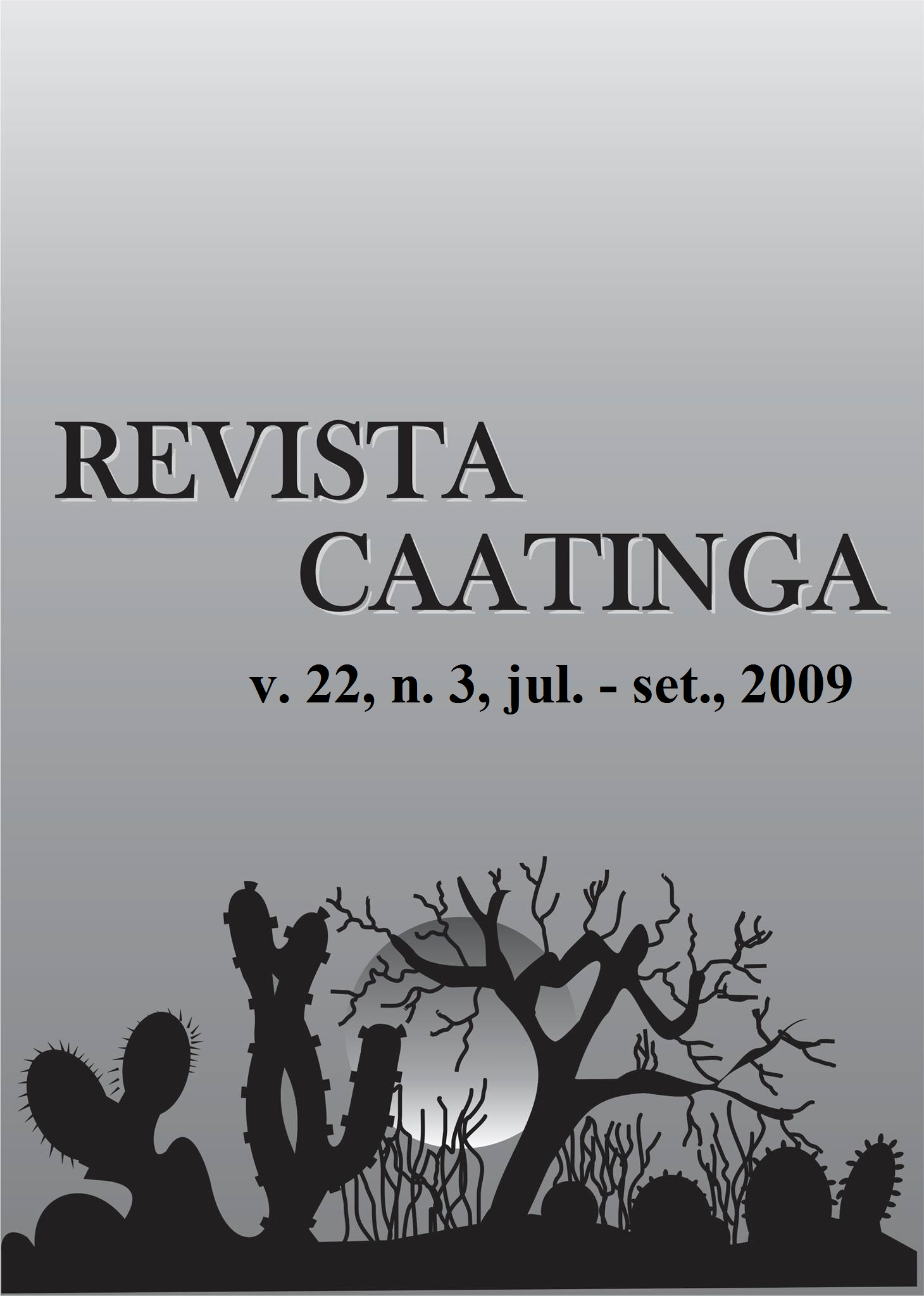PRODUCTION AND QUALITY ‘PONKAN’ TANGERINE TREE AFTER RECOVERING PRUNING
Keywords:
Citrus reticulata Blanco, cultural treat productionAbstract
This research was aimed to test top pruning effect in the lowering of the top and pruning the lower part of the plant on the recovering of 12 years old ‘Ponkan’ tangerine tree, 4 meters height, spaced 6 x 4 m and grafted on the ‘Cravo’ lemon tree. This experiment was carried out at Vito Crincoli Farm at Perdões/MG, Brazil. It was used randomized blocks in a factorial scheme of 4 x 2, top pruning (without pruning, pruning at 3.0; 2.5 and 2.0m) and skirt pruning (with and without pruning) with 4 replications. The useful parcel used three plants. The heavy top pruning damaged the production in the first tree years, also, after the second year, the plants showed a very good recovering. This result was confirmed in the third harvest, when diferents kinds of top pruning did not differ in the years. The plant´s skirt pruning treatment was superior to the treatment without pruning. The useful plot was constituted of three Tangerine plants. After the third year the treatment those who had more severe pruning obtained heavier fruits, indicating this kind of pruning to recover fruit quality.Downloads
Downloads
Issue
Section
License
Os Autores que publicam na Revista Caatinga concordam com os seguintes termos:
a) Os Autores mantêm os direitos autorais e concedem à revista o direito de primeira publicação, com o trabalho simultaneamente licenciado sob a Licença Creative Commons do tipo atribuição CC-BY, para todo o conteúdo do periódico, exceto onde estiver identificado, que permite o compartilhamento do trabalho com reconhecimento da autoria e publicação inicial nesta revista, sem fins comerciais.
b) Os Autores têm autorização para distribuição não-exclusiva da versão do trabalho publicada nesta revista (ex.: publicar em repositório institucional ou como capítulo de livro), com reconhecimento de autoria e publicação inicial nesta revista.
c) Os Autores têm permissão e são estimulados a publicar e distribuir seu trabalho online (ex.: em repositórios institucionais ou na sua página pessoal) a qualquer ponto antes ou durante o processo editorial, já que isso pode gerar alterações produtivas, bem como aumentar o impacto e a citação do trabalho publicado (Veja O Efeito do Acesso Livre).







